Spanish Smoked Paprika, or Pimentón, is a true must have Food Find in your spice cupboard, and a key flavour enhancer in plant centered cuisine, adding the deeply satisfying savoury and smoky flavour notes that plant based eaters sometimes miss out on.

True Spanish Smoked Paprika, or Pimentón, is created through a process dating back to the 16th or 17th century in Spain. This time honoured method involves smoking peppers over fires specifically made from oak wood. The dried, smoked, and ground peppers are available in three different varieties: sweet and mild (dulce); bittersweet and medium hot (agridulce) and hot (picante). All three varieties are made from peppers in the Capsicum annum family and share the same distinct characteristics - fragrant, smoky, and earthy pepper notes - alongside varying levels of heat.
Legitimate Pimentón made in the time honoured method also carries an additional “Protected Designation of Origin” or PDO and is known not just as Pimentón, but Pimentón de la Vera, meaning it is made specifically according to long held tradition in the La Vera region of its origin. Another PDO variety of Pimentón is made in the region of Murcia, and unlike that of La Vera region, Pimentón de Murcia is not smoked, but rather sun dried, and can be found in mild or hot varieties.
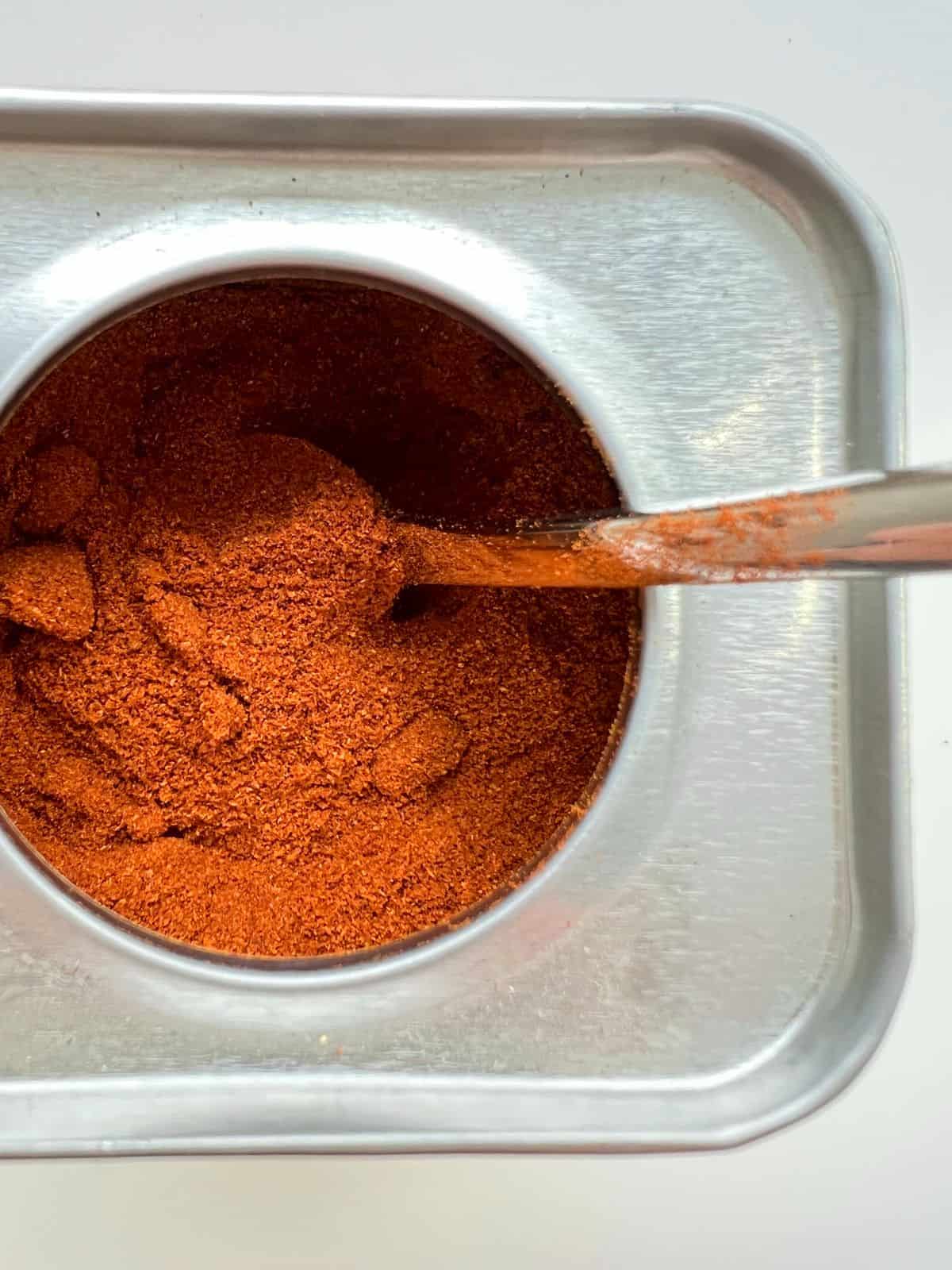
Pimentón is integral to many notable Spanish dishes, from the widely beloved paella, to chorizo sausages, and many other dishes, and is a notable ingredient in plant forward cuisine where a smoky flavour is required when otherwise a smoked meat product might have been used.
Pimentón is a fragrant and powerful spice, full of the sweet and bitter notes of paprika alongside earthy woodsmoke - a little goes a long way. Its pungent flavour can border on the intense or overpowering if used in excess, so even a small amount can add a smoky note that works in harmony with a dish, as opposed to crowding out the other flavours. I often find recipes ask for an overly large amount of Pimentón, so unless I have created the recipe myself, I almost always use half of what is called for, tasting and then adding more if needed. There are various generic varieties of smoked paprika to be found, some of which may have artificial flavour additives, but nothing compares to Spanish Pimentón, which is more than worth seeking out.
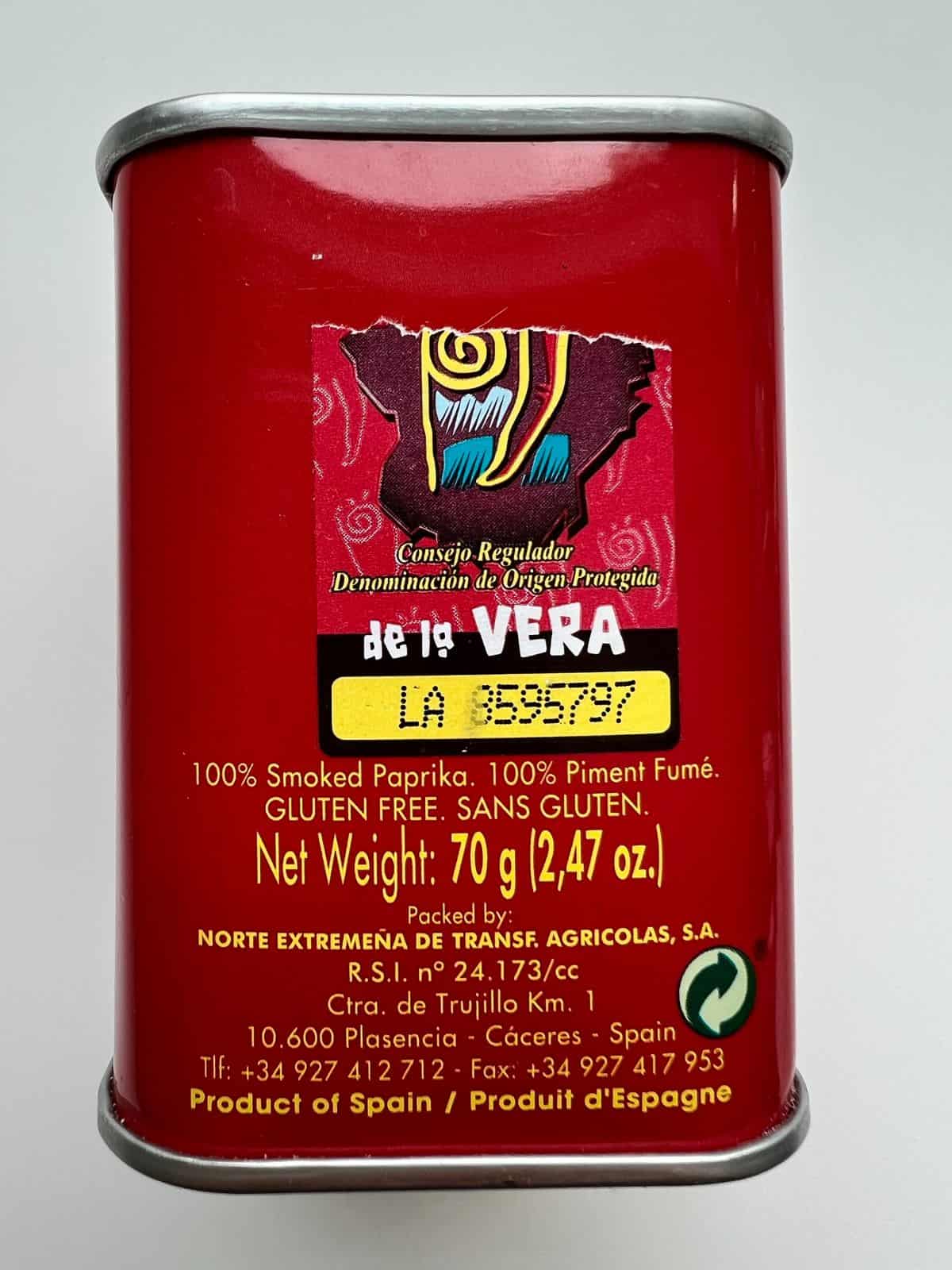
Where to Find Spanish Smoked Paprika / Pimentón
Any well stocked spice store, market, or specialty vendor will carry Spanish Smoked Paprika, usually found in their trademark small red tins which are sealed for freshness. While I have in the past purchased all three varieties for my own pantry, I find that I use the dulce or sweet version most often, so now that is the only variety I regularly restock for myself, unless I encounter a recipe that specifically requires one of the other varieties. Numerous online sources, from Spanish specialty sources, to spice vendors, will stock a number of different brands of this beloved pantry staple.
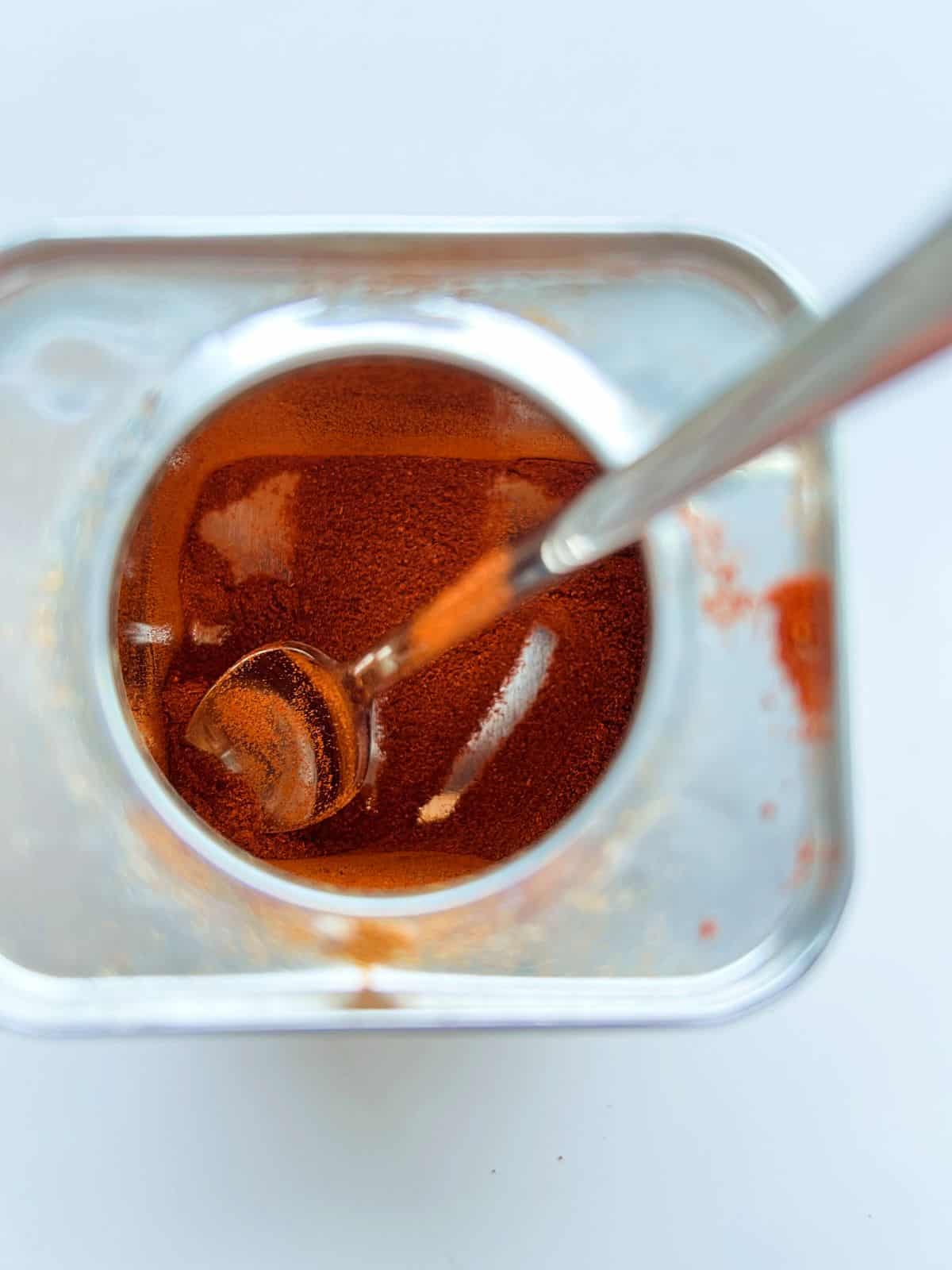
How to use Spanish Smoked Paprika / Pimentón
What I love most about this versatile spice is how it adds a smoky, and dare I say, meaty, note to a variety of plant based dishes. Any occasion where a smoky note will enhance a dish, or when an animal product has been omitted and is being substituted by a plant based ingredient, will welcome the smoky, earthy, and woodsy notes of pimenton. A great example of this is my Smoky Herbed Split Pea Soup - so often split pea soups contain smoked ham, and when omitted the smokiness is often left out too. Just a scant ¼ teaspoon of pimenton added to the recipe helps to add back in that umami and satisfying smoky note that plant based eaters sometimes miss out on.
Pimentón is used in numerous dishes in Spanish cuisines, and is at home in various soups, stews, bean dishes, with roasted or grilled vegetables, in dips, and is lovely in recipes that feature bell peppers, tomato, woodsy herbs like thyme, olive oil, lemon, and garlic flavours, amongst many other uses.


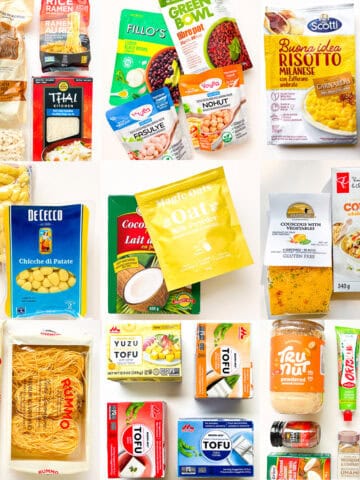
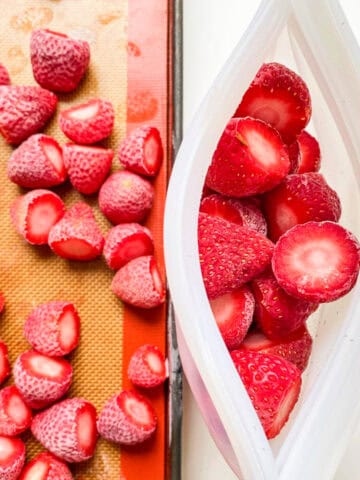

Leave a Reply